A recent “gigantic jet” of lighting shot up 50 miles into space, a phenomenon that scientists are just beginning to understand.
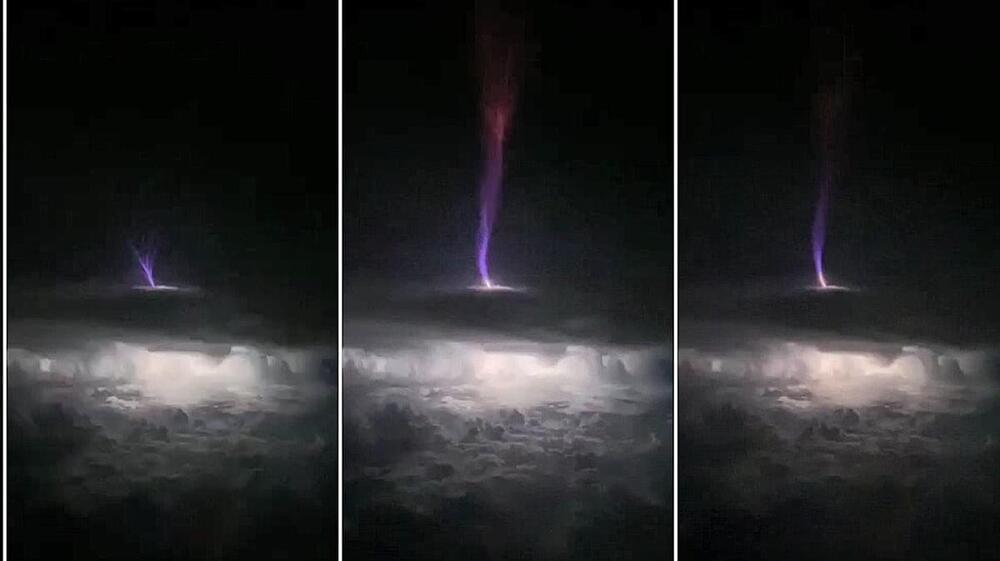

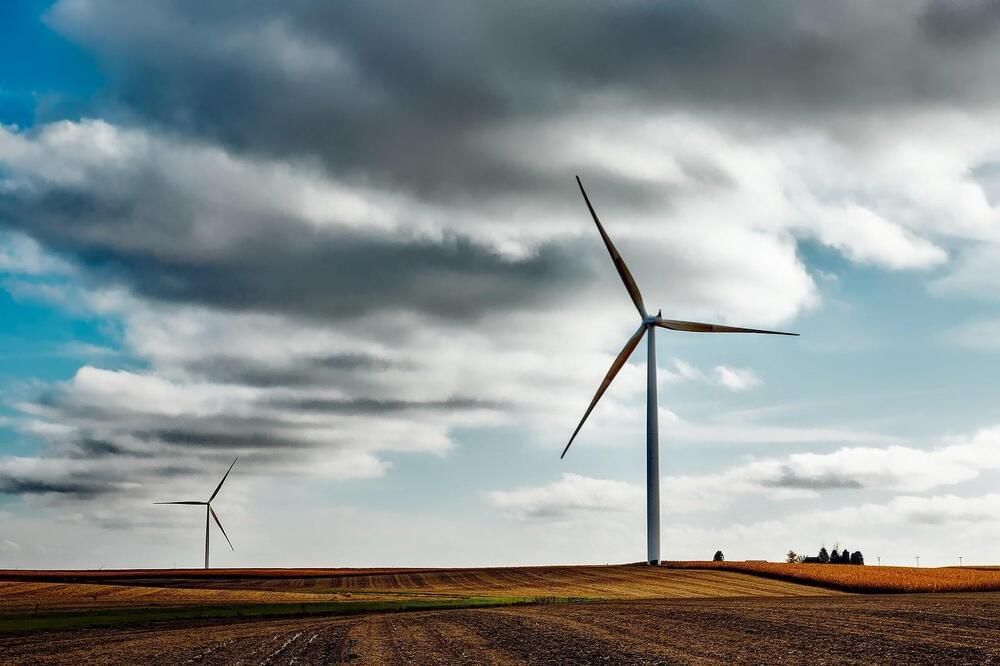
The economy of Southern Africa is rapidly developing, driving a growing demand for electricity. Efficiently meeting this demand will require balancing social, economic, geographic, technological and environmental considerations.
Researchers at UC Santa Barbara led an international team that analyzed the region’s resources and power grid. Using this data, they developed an energy portfolio that most effectively meets Southern Africa’s 2040 energy requirements, finding that wind and solar are the region’s most cost-effective options. What’s more, their model’s proposal effectively freezes greenhouse gas emissions at 2020 levels while doubling the amount of electricity the grid can produce. A detailed analysis appears in the journal Joule.
Currently, Southern Africa’s 315 million people use about 275 terawatt hours, roughly the same amount as California. “However, Southern Africa is expected to double its electricity demand by 2040,” said co-lead and corresponding author Ranjit Deshmukh, an assistant professor in UCSB’s Environmental Studies Program. “Developing the region’s excellent wind, solar and natural gas resources is the least expensive option for its consumers, and can meet this demand without increasing the region’s electricity sector carbon emissions.”
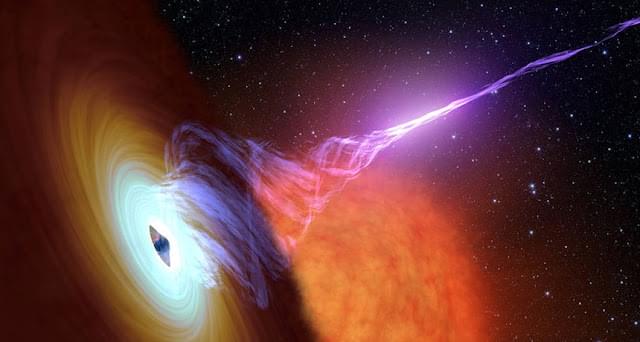
Science, Technology, Health, Physics, Chemistry stay Updated.
Scientists from The Australian National University (ANU) and James Cook University (JCU) have identified an “exquisite” natural mechanism that helps plants limit their water loss with little effect on carbon dioxide (CO2) intake—an essential process for photosynthesis, plant growth and crop yield.
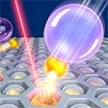
One convenient way to manipulate nanoscale objects with remote controllability is actuation and propulsion by light, which is largely based on optical and photothermal-induced forces. Unfortunately, the output of optical and photothermal-induced forces is small and speed is slow. This changes with a novel and intriguing nanoactuation system: plasmonic nanodynamite. This system can be optically triggered to eject gold nanobullets with an initial speed of up to 300 m/s.
Motors are ubiquitous in our everyday lives — from cars to washing machines, even if we rarely notice them. A futuristic scientific field is working on the development tiny motors that could power a network of nanomachines and replace some of the power sources we currently use in electronic devices.
Researchers from the Cockrell School of Engineering at The University of Texas at Austin created the first ever solid-state optical nanomotor. All previous iterations of these light-driven motors reside in a solution of some sort, which limited their potential for the majority of real-world applications. This new research was published recently in the journal ACS Nano.
“Life started in the water and eventually moved on land,” said Yuebing Zheng, an associate professor in the Walker Department of Mechanical Engineering. “We’ve made these micro nanomotors that have always lived in solution work on land, in a solid state.”
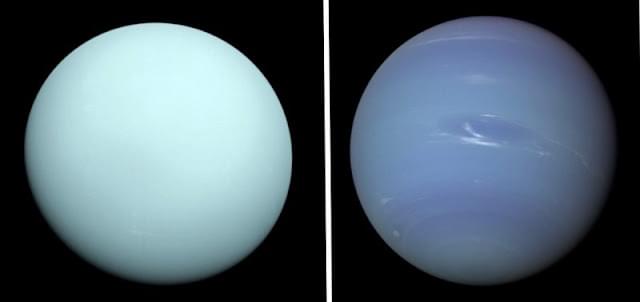
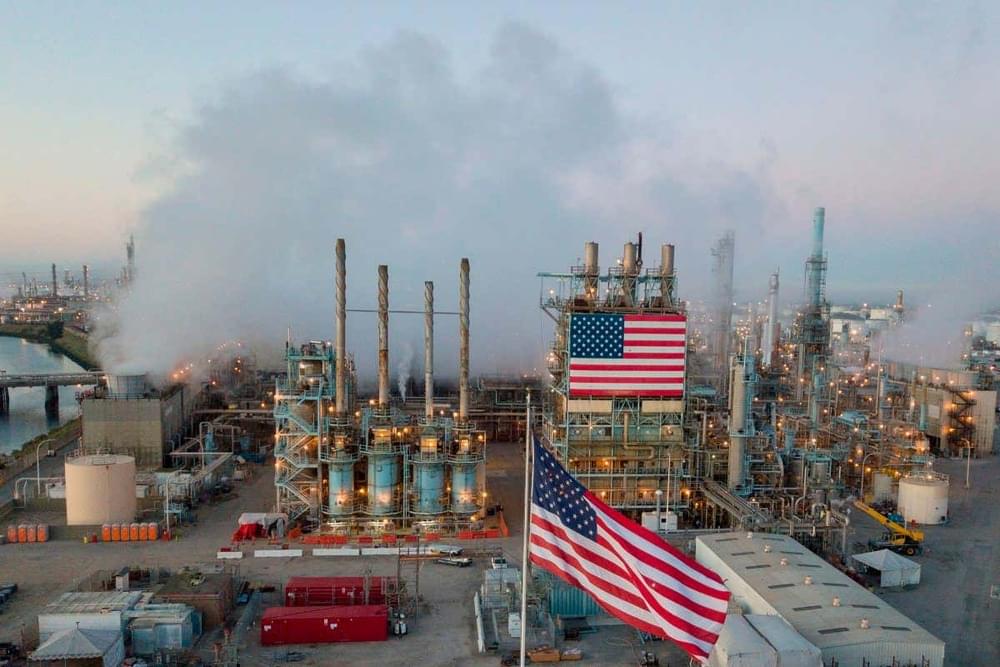
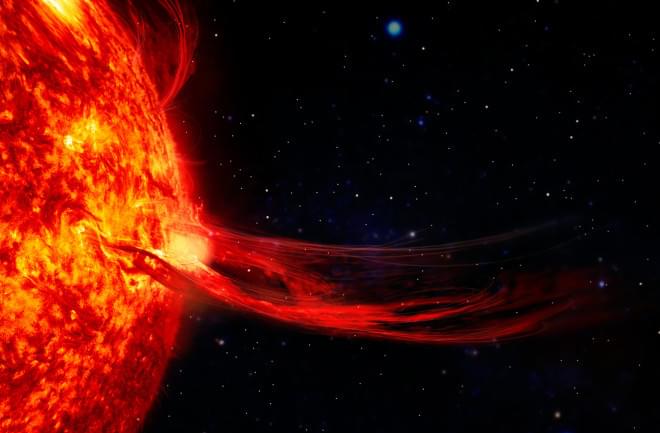
The biggest geomagnetic storm in recorded history happened more than 150 years ago. Now, we’re entering yet another period of solar maximum.
It was just another September night in 1,859 when Richard Carrington and Richard Hodgson witnessed a remarkable event. The British astronomers weren’t together, but both happened to be peering at the Sun through telescopes at the precise moment that a massive ejection spewed from the fiery star. Within a few days, others on Earth noticed colorful aurora streaking across the skies and telegraph lines — the advanced technology of the day in Europe and North America — erupting in sparks.
The solar flare came to be known as the Carrington Event, named after one of the two astronomers who first described it. Despite occurring more than 150 years ago, it still stands as the strongest known geomagnetic storm (though we lack measurements to say precisely how big it was).
Earth has felt the effects of a few significant geomagnetic storms since then, all of which caused power blackouts and satellite damage. As a result, power companies and satellite manufacturers have built resistance into our technology. But what would happen if another Carrington Event-level solar flare occurred today? Would we be ready for it?

FINHAUT, Switzerland — Switzerland is adding a much needed cog in the wheel to its energy supply with an underground hydropower plant that says it has capacity to store enough electricity to charge 400,000 car batteries simultaneously.
Developers of the 2.2 billion Swiss franc ($2.30 billion) Nant de Drance plant in the canton of Valais, which came online in July, say the facility operates like a giant battery.
Its six turbines tucked in a cavern 600 metres below ground between the Emosson and Vieux Emosson reservoirs have capacity of 900 MW, making it one of the most powerful pumped storage plants in Europe.
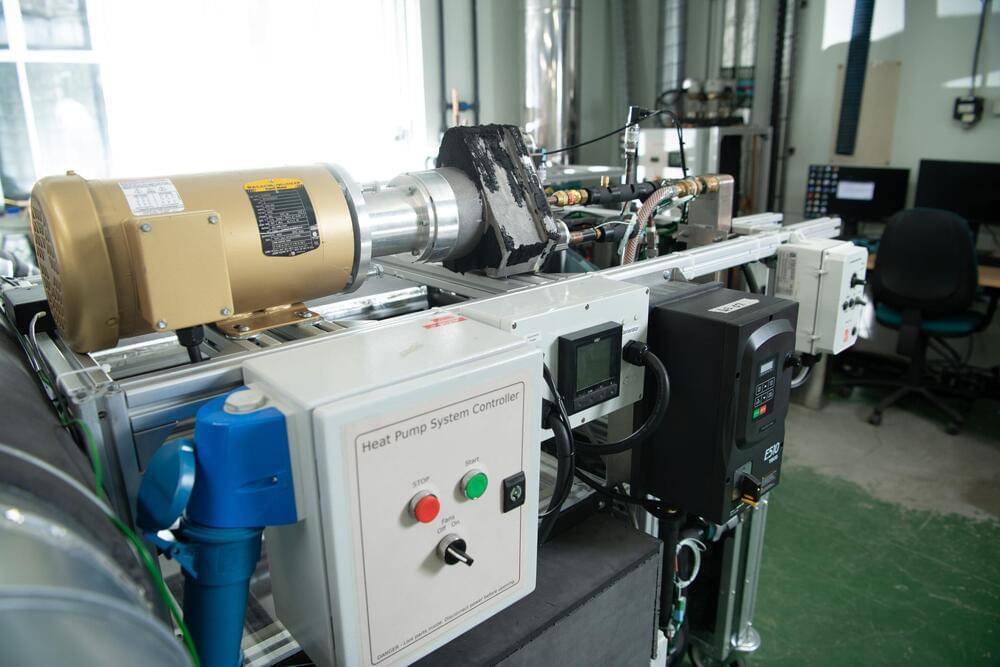
Researchers from the University of Glasgow have developed a new type of heat pump, a flexible heat pump technology, which could help households save on their energy bills and contribute towards net-zero emissions goals.
Heat pumps are a low-carbon alternative to gas boilers. They draw energy from external low temperature sources, most commonly outdoor air, in order to heat indoor spaces. When powered by renewable sources of power, they are significantly more environmentally friendly than conventional gas boilers.
Around the world, about 40% of carbon emissions come from heating powered by fossil fuels. The U.K. Government has set a target for 600,000 heat pump installations per year by 2028 in order to reduce the country’s carbon footprint.